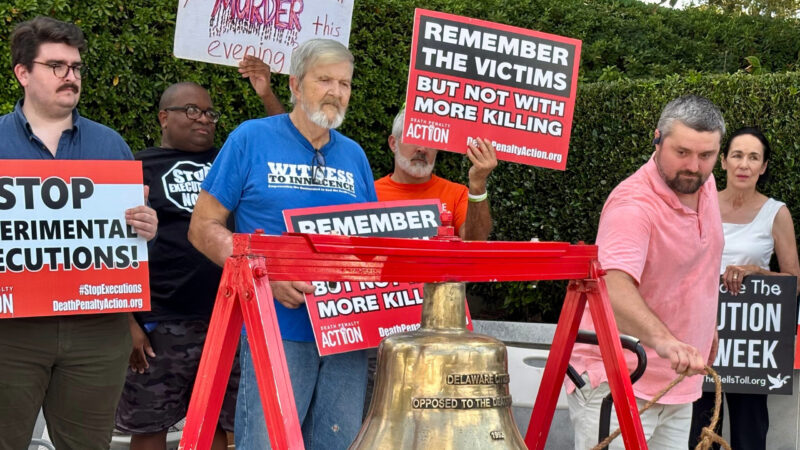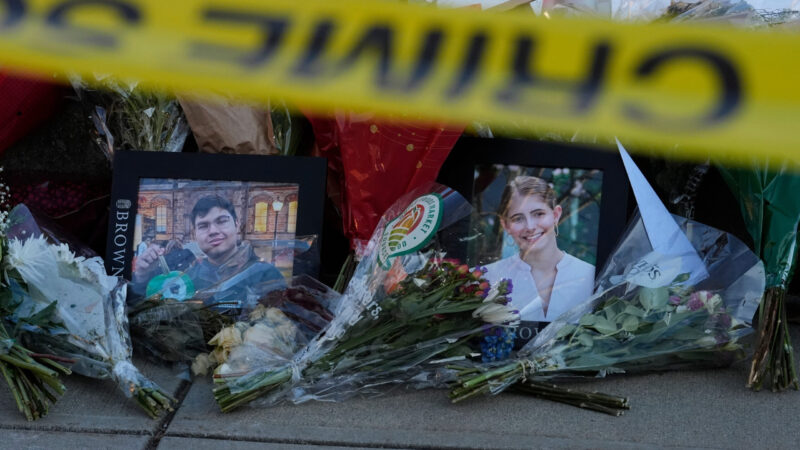UAB Using Whole Blood to Improve Trauma Care
When someone is experiencing severe blood loss, that blood needs to be replaced as soon as possible. Most doctors deliver this transfusion as a “balanced resuscitation,” combining equal amounts of red blood cells, plasma and platelets, which is how blood is separated and delivered to most U.S. hospitals. But a balanced resuscitation is not the same thing as using whole blood that has never been separated, according to Dr. Marisa Marques, medical director of transfusion services at UAB Hospital.
“You’re not able to reconstitute whole blood just mixing the other components,” Marques says, “because each one of them is somewhat diluted with anticoagulant and other substances.”
Most of the research on whole blood transfusions comes from the military and treating injured soldiers in war zones. It suggests that transfusing actual whole blood to care for hemorrhaging patients can lead to better outcomes. Patients may require less blood to be transfused, and they often recover faster. UAB trauma surgeon Dr. Daniel Cox says another advantage of using whole blood, rather than separated components, is that it saves time.
“For the very seriously injured patient, this has the potential to significantly improve the chances of that person surviving,” says Cox.
UAB Hospital recently joined a growing number of hospitals across the country that use whole blood to treat severe trauma patients. Dr. Marques says finding a supply was not easy. It is not available from the local American Red Cross (ARC), where UAB gets most of its blood products. The hospital ended up having to get it from an ARC blood bank in Oklahoma.
Marques says whole blood has to meet strict requirements. To ensure that the product can be used for most patients, she says donors have to be male with low-antigen, type O blood. And timing is key, as whole blood has a shelf life of about three weeks, which is about half that of packed red blood cells.
UAB receives 12 units every week, which is less than 5% of the hospital’s total blood supply. UAB trauma doctors say that since they started receiving the whole blood in August they have used just about every drop.
Nearly two dozen states sue the Trump administration over funding for CFPB
The attorney generals say the Trump administration is refusing to accept funding for the Consumer Financial Protection Bureau, which could hurt consumers in their states.
A rift in MAGA has top Heritage Foundation officials leaving to join with Mike Pence
The exit of more than a dozen staffers follows turmoil at Heritage and the larger conservative movement over the role of right-wing influencers who've promoted antisemitic and other extremist ideas.
The Gulf South played a key role in high execution counts for 2025
A report from the Death Penalty Information Center shows Alabama played a key role in executions and new death sentences.
Hundreds mourn Brown University sophomore Ella Cook, killed in campus shooting
Hundreds gathered at the Cathedral Church of the Advent in downtown Birmingham to remember Ella Cook. She and freshman MukhammadAziz Umurzokov were killed Dec. 13 when a gunman entered a study session in a Brown academic building and opened fire on students. Nine other students were wounded.
The Trump administration pauses wind projects off New England, New York and Virginia
An Interior Department statement did not detail the national security risks. It's the administration's latest pus to hobble offshore wind and limit renewable energy sources.
10 books to help you understand America as its 250th birthday approaches
Here are recommended reads about the United States — perfect for the history buff on your gift list, or anyone looking to learn more about how the U.S got to where it is today.








